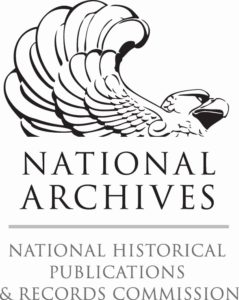| Item-Level Description |
| For Recollection Wisconsin Content Partners: Metadata Elements |
| Resources and Tools |
Item-Level Description
Different types of metadata provide different types of information. Descriptive metadata for digital cultural heritage items aims to answer some very basic but important questions for you and your users:
- What am I looking at?
- Who created it?
- When was it created?
- Where was it created?
- Who owns it?
- How can I use it?
But where does all of this descriptive information actually go? You can input metadata into a simple spreadsheet, in a content management system or database, or, in some cases, embed it into the digital file. Metadata files should be digitally stored with the collection to which they refer.
General metadata input guidelines:
- Avoid the use of abbreviations. Spell out the full names of communities, people and places.
- Capitalize all proper names. Capitalize only the first word in titles and subject terms.
- Avoid using special characters such as ampersands (&) or ellipses (. . .) and HTML tags. For example, do not use < br > or < br / > within metadata fields to force a line break.
- Fields for which there is no available information should be left blank. Avoid using “unknown,” “anonymous,” etc.
- Subject refers to terms or phrases assigned to an item to facilitate searching and browsing a collection. Consistent use of subject headings helps link related content in your collection and across disparate collections. The subject is intended to describe “aboutness,” not the physical item or its location.
- Description is a free text field for all extra, relevant information that does not have a “home” in other fields. We recommend that you include the names of people here whenever possible. Provide enough information to add meaning for non-local users. You may include short transcriptions here, like a handwritten note on the back of a photo, but don’t include full-text or OCR transcriptions.
For Recollection Wisconsin Content Partners: Metadata Elements
The following instructions apply to Recollection Wisconsin Content Partners but they are useful for any organization creating item-level descriptive information. They follow the DCMI metadata standard.
Recollection Wisconsin requires four descriptive metadata elements:
| Title | Name or title of the resource |
| Subject | Topic of the resource – Terms that describe what is depicted in an image or what a text is about |
| Type | Broad category of the resource type – Still Image, Text, Sound, or Moving Image |
| Rights | Standardized Rights Statement URI, Creative Commons license, or other copyright information |
Recollection Wisconsin strongly recommends four additional metadata elements, when known:
| Date | Date the resource was created |
| Description | Summary or general description of the resource |
| Creator | Photographer, author, artist, or other creator of the resource |
| Place | The location described or represented by the resource |
Resources and Tools
- Metadata Creation Template. Recollection Wisconsin.
- “Metadata Essentials.” Recollection Wisconsin, 2020.
- “Tutorial: Creating titles for historic photographs.” . Recollection Wisconsin, 2013.

 The Digital Readiness Toolkit and related resources were made possible in part by grants from the National Historical Publications and Records Commission.
The Digital Readiness Toolkit and related resources were made possible in part by grants from the National Historical Publications and Records Commission.
